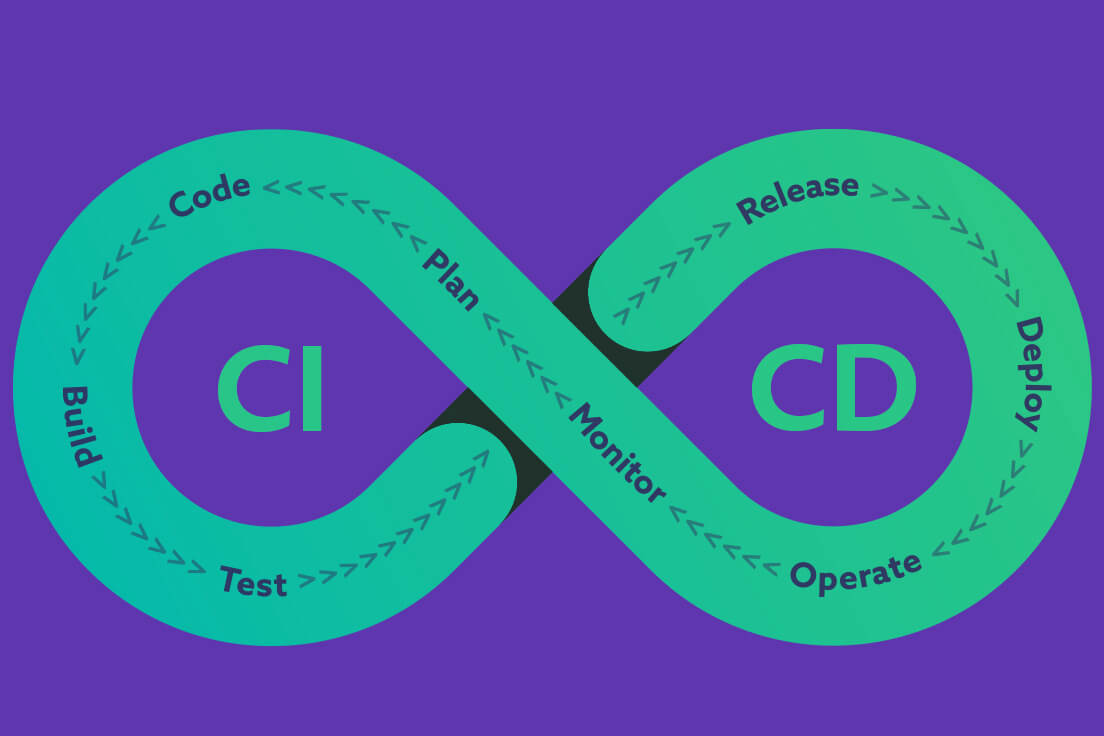In the realm of software development, Continuous Integration and Continuous Deployment (CI/CD) pipelines have become indispensable tools for delivering high-quality software efficiently and reliably. These pipelines automate the process of building, testing, and deploying code changes, enabling teams to iterate quickly, maintain code quality, and accelerate time-to-market. In this article, we will delve into the intricacies of CI/CD pipelines, exploring their components, benefits, and best practices.
Understanding CI/CD Pipelines
Continuous Integration (CI) is the practice of automatically integrating code changes into a shared repository multiple times a day. With CI, developers commit their changes to the repository regularly, triggering automated build and test processes to validate the changes and identify any issues early in the development cycle. This rapid feedback loop helps teams catch bugs sooner, reduce integration problems, and maintain a high level of code quality.
Continuous Deployment (CD), on the other hand, extends the principles of CI by automating the deployment of code changes to production environments. With CD, validated changes are automatically deployed to production environments, reducing manual intervention and minimizing the risk of human error. CD pipelines ensure that software updates are delivered to end-users quickly and reliably, enabling organizations to respond to market demands and customer feedback more effectively.
Components of CI/CD Pipelines
CI/CD pipelines consist of several interconnected components, each serving a specific purpose in the software delivery process. At the core of the pipeline is version control, where developers commit their code changes and collaborate on shared repositories using tools like Git. When a change is committed, the CI server automatically triggers a series of build and test jobs to validate the changes.
Build automation tools like Jenkins, CircleCI, or Travis CI are used to orchestrate the execution of build and test tasks, such as compiling code, running unit tests, and performing static code analysis. These tools provide visibility into the build process, generate reports, and notify developers of any failures or issues that arise during the build.
Once the code changes have been successfully built and tested, the CD portion of the pipeline takes over, automating the deployment of the changes to various environments, such as development, staging, and production. Deployment automation tools like Ansible, Puppet, or Kubernetes help streamline the deployment process, ensuring consistency and repeatability across environments.
Benefits of CI/CD Pipelines
CI/CD pipelines offer numerous benefits to development teams and organizations, including improved productivity, faster time-to-market, and higher code quality. By automating repetitive tasks and providing rapid feedback on code changes, CI/CD pipelines enable teams to iterate quickly and deliver features more frequently. This agility allows organizations to respond to market changes, customer feedback, and competitive pressures more effectively, gaining a competitive edge in today’s fast-paced digital landscape.
Furthermore, CI/CD pipelines promote a culture of collaboration, transparency, and continuous improvement within development teams. By breaking down silos between development, testing, and operations, CI/CD pipelines encourage cross-functional collaboration and shared ownership of the software delivery process. Teams can identify and address issues earlier in the development cycle, reducing the time and effort required to fix bugs and implement changes.
Best Practices for CI/CD Pipelines
To maximize the benefits of CI/CD pipelines, organizations should adhere to best practices that promote efficiency, reliability, and scalability. This includes automating as much of the software delivery process as possible, from code compilation and testing to deployment and monitoring. Additionally, organizations should strive to maintain clean and modular code, adopt a “fail fast” mentality, and prioritize automated testing to ensure the robustness and stability of their applications.
Moreover, organizations should invest in monitoring and observability tools to track the performance and health of their CI/CD pipelines and applications. By monitoring key metrics such as build success rates, deployment frequency, and mean time to recovery (MTTR), teams can identify bottlenecks, optimize their workflows, and continuously improve their processes over time.
Conclusion
In conclusion, CI/CD pipelines have emerged as a cornerstone of modern software development practices, enabling organizations to deliver high-quality software quickly, reliably, and efficiently. By automating the build, test, and deployment process, CI/CD pipelines empower teams to iterate rapidly, maintain code quality, and respond to market demands and customer feedback more effectively. By embracing best practices and investing in the right tools and processes, organizations can leverage the full potential of CI/CD pipelines to drive innovation, accelerate time-to-market, and gain a competitive advantage in today’s digital economy.

